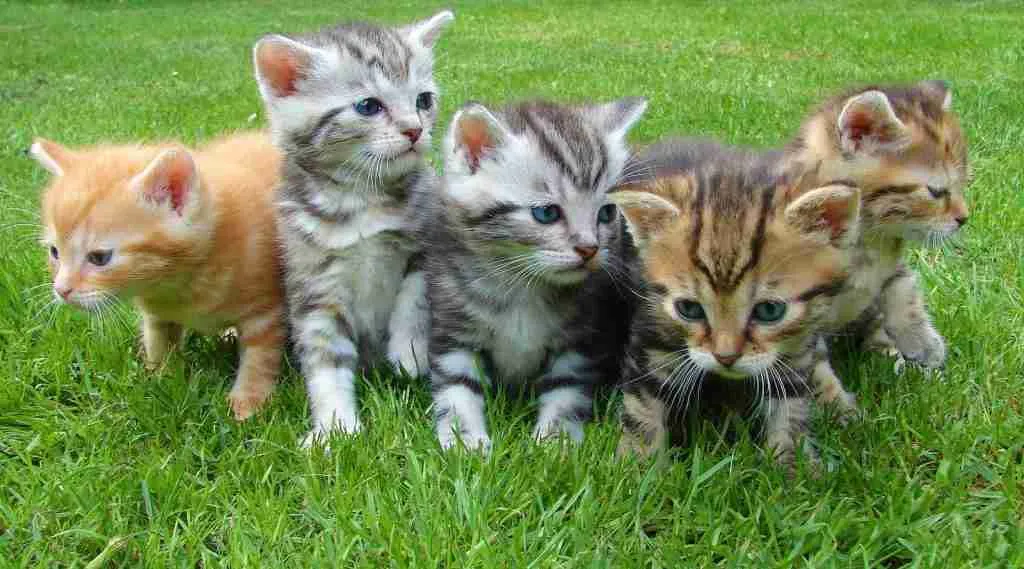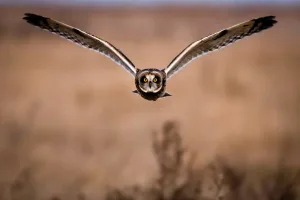25 Fun Facts About Cats You Didn’t Know
-
A cat’s nose can be used to detect changes in the weather.
-
Cats can rotate their ears 180 degrees, giving them an almost panoramic hearing range.
-
Most cats have a favorite sleeping position, which can reveal their mood.
-
A cat’s whiskers can help them gauge the width of gaps and narrow spaces.
-
Some cats can even “chirp” or “chatter” when watching birds or prey.
-
The average cat spends two-thirds of its life asleep.
-
Cats sweat through their paws to regulate body temperature.
-
A cat’s vision is 50% better at night than humans’.
-
The average cat can run faster than the fastest human sprinter.
-
The pattern on a cat’s coat is as unique as human fingerprints.
-
The longest cat ever recorded measured over 4 feet long.
-
Cats often “talk” to their owners, but rarely “meow” to other cats.
-
Unlike dogs, cats do not need to be trained to use their litter box.
-
Some cats have been known to be able to predict earthquakes.
-
Cats can experience REM sleep, similar to humans.
Table of Contents
1. The average cat sleeps more than half the day.
While it may seem like your cat is always snoozing, it’s completely normal. They typically sleep anywhere between 12 to 16 hours a day.
This behavior dates back to their wild ancestors, who needed to conserve energy for hunting. Despite their relaxed appearance, they’re staying alert and refreshed for the moments they’re awake.
2. Domestic cats share DNA with African wildcats.
Believe it or not, your domesticated cat shares much of its DNA with the African wildcat. This connection explains why cats can exhibit some wild behaviors, despite living in homes.
Their ancestors were solitary hunters, which is why even today, many cats prefer their independence and territorial space.
3. Purring could have healing benefits for humans.
The soothing sound of a cat’s purr isn’t just calming—it may have some therapeutic benefits. Studies suggest that the frequency of a cat’s purr can promote healing of bones and tissues.
So, the next time your cat curls up beside you and purrs, know that their gentle vibrations might be working wonders on your health, too.
4. Cats have more than 100 vocal sounds, while dogs only have about 10.
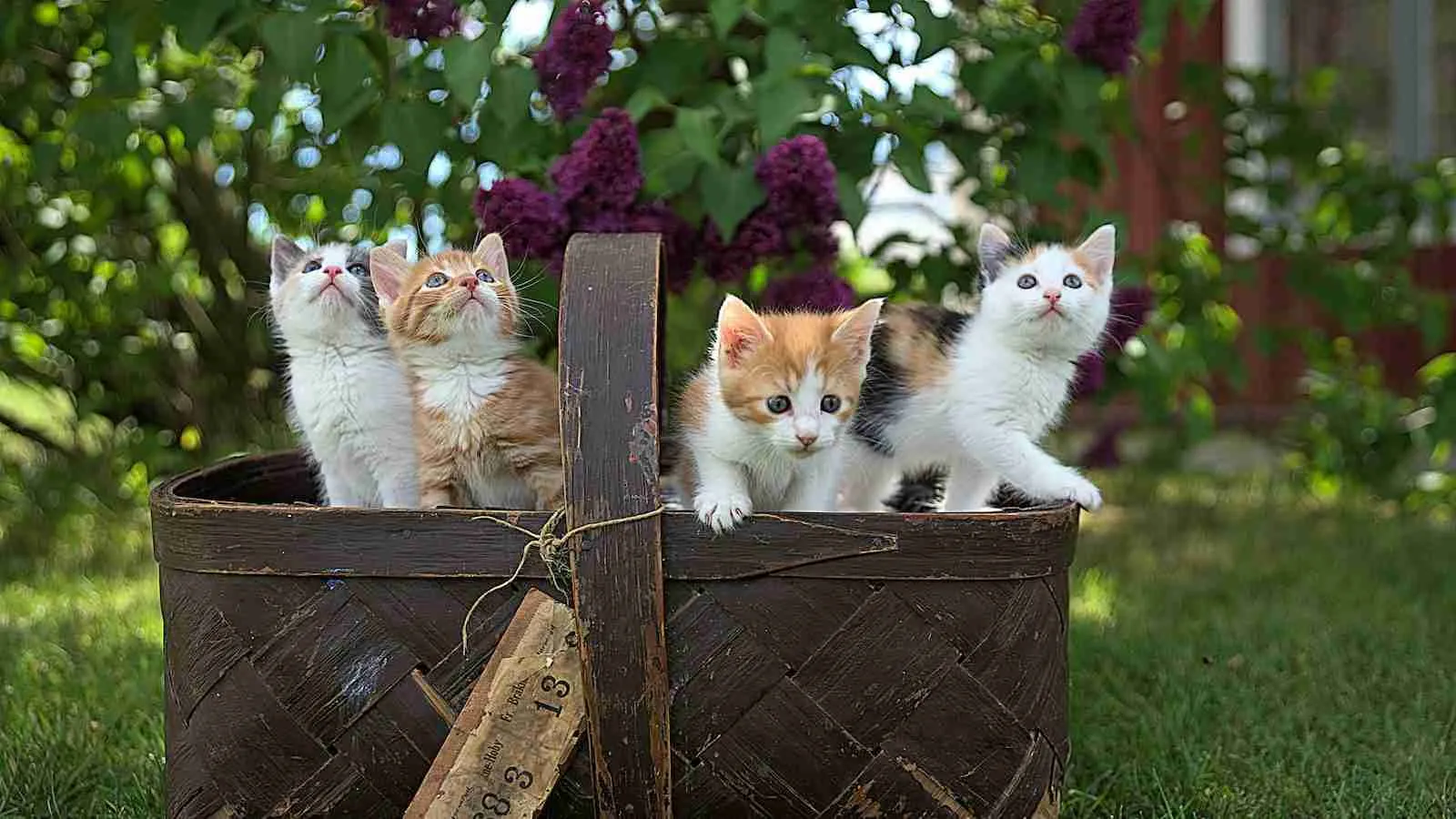
of the animal kingdom.
READ ALSO: 23 Facts About Ants (Tiny Ants with Mighty Facts)
Cats possess an impressive range of vocalizations, with over 100 different sounds in their repertoire. Amazingly, dogs are far more limited, using only 10 unique vocalizations to communicate with us and other species.
Nevertheless, devoted pet owners may begin to identify individual barks and meows among their furry friends. Though cats and dogs express themselves differently, the bond between them and their owners remains strong due to their perceptive nature.
5. A group of cats is called a clowder.
Have you ever wondered how cats form groups?? Groups of domestic cats are officially referred to as clowders, although cat enthusiasts often refer to them more informally as clutter or glaring.
Traditionalists may recall the artistic plural, classes, in keeping with the Latin name for cats, Felis catus. No matter what you call it, a clowder, clutter, or glare proves that carnivorous cuteness loves company.
6. The average cat can run up to 30 miles per hour.
While your cat might enjoy lounging around, they’re also built for speed. Cats can sprint up to 30 miles per hour, making them fast enough to catch their prey or escape a threat.
This speed is essential for their hunting instincts, even if they don’t always need to chase after food. It’s also why you might notice them sprinting through the house for no apparent reason!
7. The wealthiest cat, Blackie, inherited £7 million.
Blackie became the richest cat in the world after inheriting £7 million, which is about $12.5 million, from a millionaire who dealt in antiques and passed away in 1988. If we adjust this amount for today’s value, it would be close to £18.5 million or $32 million.
This huge sum of money put Blackie at the top of the list as the wealthiest cat globally, a title that Blackie holds to this day.
8. In ancient Egypt, killing a cat was punishable by death.
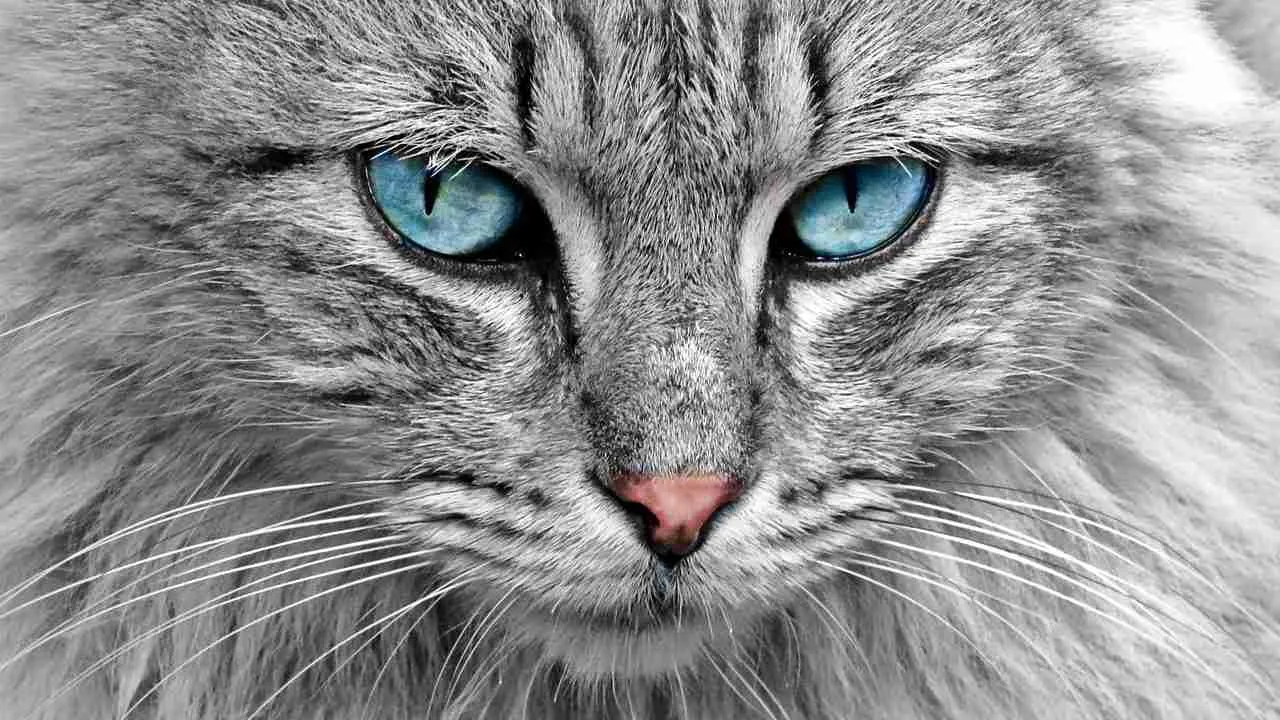
missing receptor gene in their taste buds.
READ ALSO: 17 Fun Facts About Owls You Didn’t Know
In ancient Egypt, cats were subject to a special kind of veneration. Killing a cat was considered an abominable act that deserved the harshest punishment—death. It was punishable in a court of law just like any other crime.
This is indicative of how highly these animals were revered by the Egyptian people. In contrast with contemporary views, death may have seemed an appropriate consequence for such an offense. This unique attitude shows cats held a special place in life in ancient cultures like ancient Egypt.
9. The world’s oldest cat lived to be 38 years old.
The oldest cat ever recorded lived a remarkable 38 years, which is almost double the average lifespan of a domestic cat. This proves that cats can live much longer if they’re well cared for.
With proper care, a healthy diet, and regular vet visits, your cat might also enjoy a long and happy life—though they may never reach such an impressive age!
10. Cats don’t taste sweet things.
Cats miss out on experiencing the sweet taste of life due to a single gene: the receptor gene. This gene allows many animals, including humans, to detect sweet-tasting food and drink.
Unfortunately, this gene is largely absent in felines. Cats are believed to be the only mammals who don’t taste sweetness.
11. The pattern of a cat’s nose is unique, just like a human’s fingerprint.
Every cat has a unique nose pattern, similar to how humans have distinct fingerprints. These patterns can help identify individual cats.
While we may not use cat noses for identification, it’s fascinating that every feline’s nose is one-of-a-kind. It’s just one more quirky feature that makes cats special.
12. They often knead with their paws.
Have you ever noticed your cat kneading soft surfaces with their paws? This behavior is instinctual and originates from kittenhood, where they kneaded their mother’s belly to stimulate milk flow.
As adults, cats continue this behavior when they’re feeling relaxed and comfortable. It’s a sign of affection and trust towards their owners or a favorite blanket.
13. Like humans, cats are either left-pawed or right-pawed.
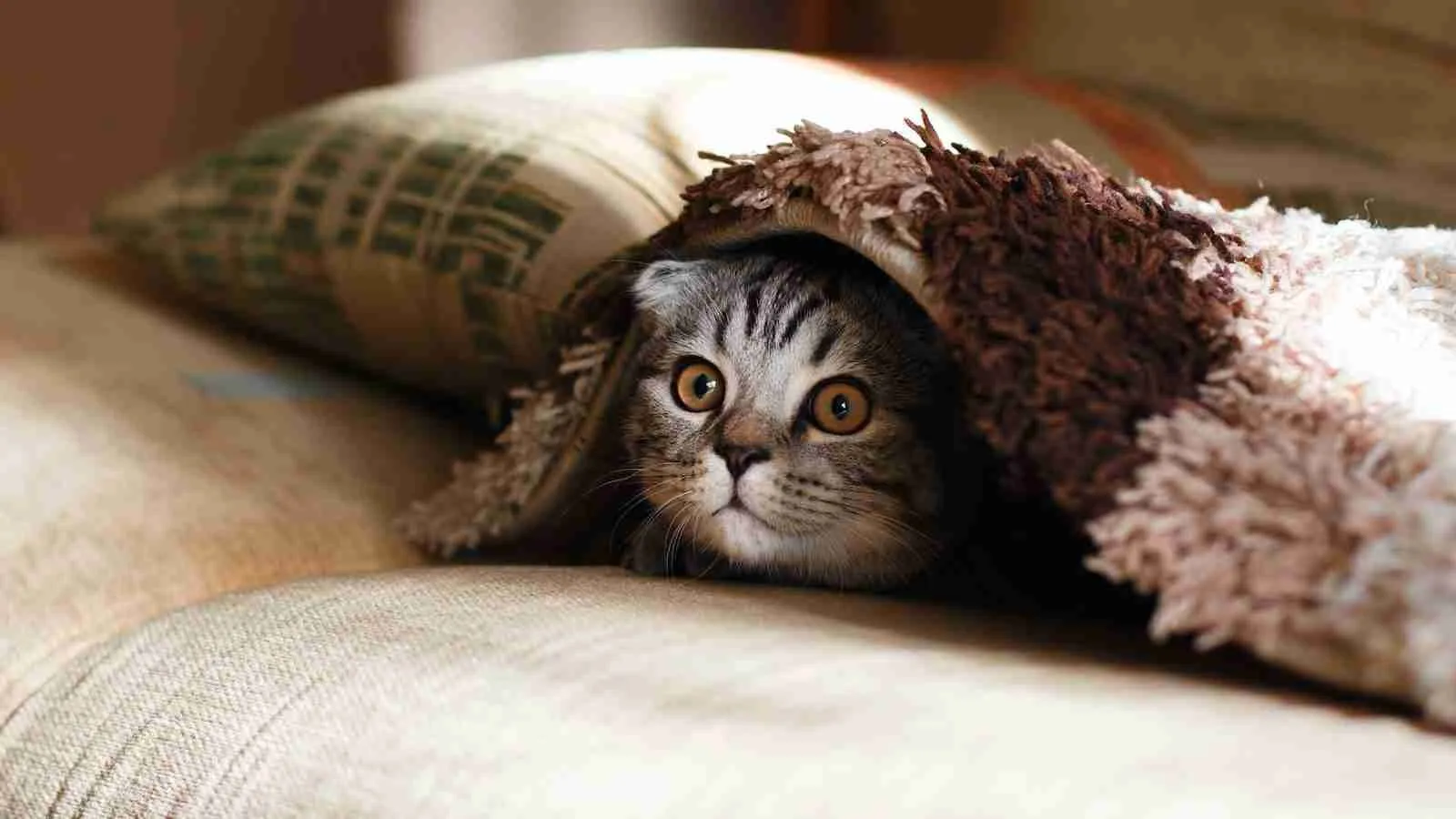
and healthy life.
READ ALSO: 25 Facts About Dogs You Never Knew
Cats, like humans, can walk with either their left or right foot. Just like we may favor one hand to write with, cats may prefer one hand when performing certain activities.
When a cat is offered an object or surface to interact with, chances are it will naturally reach for it with the paw closest to its preferred side. But it doesn’t stop there; studies have also seen some felines displaying handed dominance when grooming.
14. Some cats have a preference for water.
Not all cats shy away from water. Some cats actually enjoy playing with or even swimming in water, which is unusual for most felines.
Certain breeds, like the Turkish Van, are known for their love of water. It’s fascinating how these cats seem to have a natural affinity for aquatic activities!
15. A cat’s heart beats twice as fast as a human’s.
The heart rate of a cat is much faster than that of a human. While humans have a resting heart rate of around 60-100 beats per minute, a cat’s heart beats between 140-220 beats per minute.
This rapid heartbeat is necessary to supply their body with oxygen during high-energy activities like running or hunting. It’s another reason cats seem so full of energy and vitality!
16. Cats mainly cool down by panting and licking themselves, although they also sweat through their paws.
READ ALSO: 25 Fun Facts About Jellyfish You Need to Know
It all starts with their paws. Although cats possess sweat glands in their feet, they rely on their tongue to cool down. When temperatures rise, panting allows warm air to escape the body and helps draw more cool air in.
For an extra chill, cats will often take things one step further and engage in heavy bouts of licking—something that would make most humans deeply uncomfortable.
17. They can rotate their bodies mid-air when falling.
Known as the “righting reflex,” cats have an incredible ability to twist their bodies in mid-air, ensuring they land on their feet during a fall.
This ability is due to their highly flexible spine and lack of a collarbone, allowing them to adjust their body’s position mid-flight. However, it doesn’t mean cats are invincible, so be sure to keep an eye out to keep them safe!
18. Cats usually sleep around 15 hours per day.
Cats love to sleep a lot, often resting for about 15 hours every day. This long sleep time helps them save energy for hunting, playing, and exploring. Even though they seem to be sleeping, they stay alert to sounds and movements around them.
This habit comes from their wild ancestors, who needed to be ready to catch prey at any moment. So, when your cat is napping, it’s just following its natural instincts.
19. It’s estimated that cats have about 276 different facial expressions.
Researchers have studied both domestic and wild cats to try and determine how they communicate with each other beyond meowing.
As it turns out, cats can convey a wide range of emotions using subtle motions like narrowing their eyes or repositioning their ears. Scientists believe that much of a cat’s physical language is used for communication between members of different feline species, allowing them to create kinship without the need for words.
20. They can make friends with other animals.
While cats are often seen as solitary creatures, they can form bonds with other animals. Many cats live happily alongside dogs, birds, and even rabbits in multi-pet households.
These interspecies friendships often develop over time, especially if the pets are introduced slowly and carefully. Cats, like people, can develop close friendships with their animal companions.
21. Cats also have whiskers on the back of their front legs.
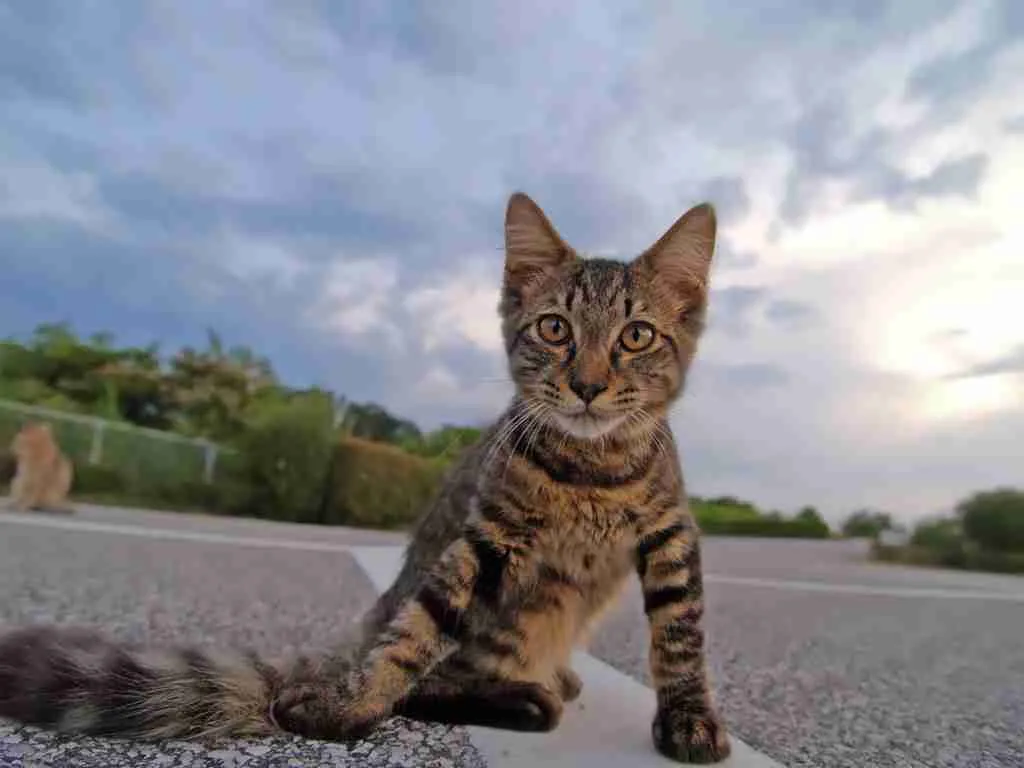
READ ALSO: 25 Fun Facts About Swans That Will Blow Your Mind
Cats have special hairs called whiskers, not just on their faces but also on the backs of their front legs. These whiskers are very sensitive and help cats understand their surroundings better.
When a cat moves or jumps, the whiskers on their legs touch the ground and other surfaces. This helps them figure out if they can fit into tight spaces or if something is close to them. It’s like having an extra set of eyes on their legs, helping them move safely and confidently.
22. Some cats are left-pawed or right-pawed.
Just like humans, cats can have a dominant paw. While most cats are ambidextrous, some consistently show a preference for their left or right paw when performing tasks.
This dominance can be seen when they reach for food, toys, or scratch posts. If you’ve noticed your cat always using the same paw, you’ve got yourself a left- or right-pawed feline!
23. They have an instinctual need to scratch.
Scratching isn’t just a habit—it’s an instinct. Cats scratch to mark their territory, sharpen their claws, and stretch their muscles.
By scratching, they leave scent marks and visual cues for other cats. It’s an essential part of their communication and territory maintenance, even in your own home!
24. Their noses are as unique as fingerprints.
Just like human fingerprints, every cat has a unique nose print. Each cat’s nose has a distinct pattern of ridges, which can be used for identification.
This incredible feature gives cats an additional layer of individuality and uniqueness, beyond just their fur color or breed.
25. Biologically, a cat’s brain is somewhat similar to the human brain.
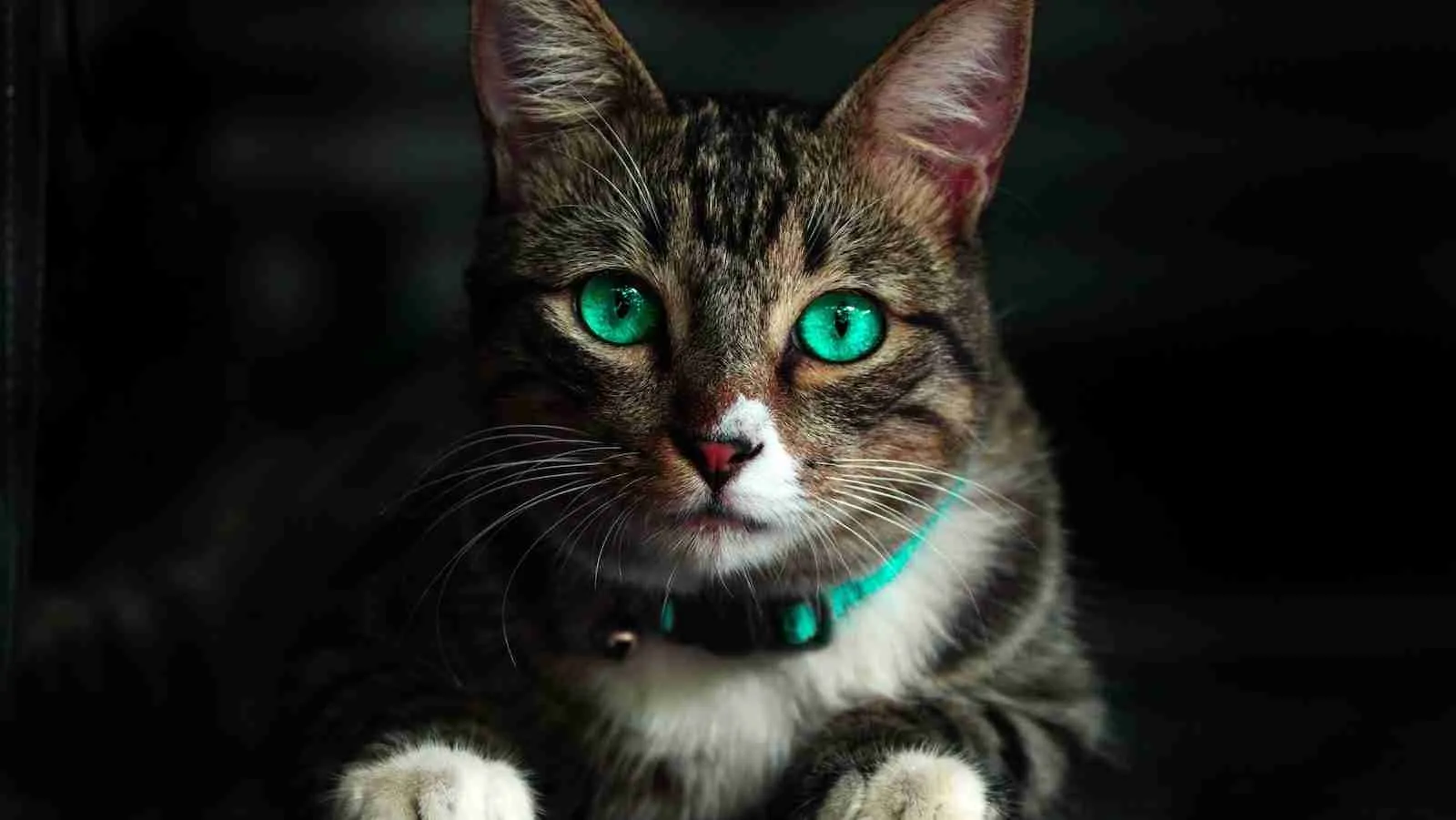
READ ALSO: 27 Facts About Termites You Never know
It’s interesting to note that there are striking similarities between the human and feline brain structures. Both have a combination of white and gray matter, which is essential for information processing and storage.
Similar to humans, cats have different parts of their brains, including the frontal, parietal, occipital, and temporal lobes in the cerebral cortex. Similar to humans, these regions are interconnected in cats, enabling a variety of intricate behaviors and emotional reactions.
FAQs
Cats are unique for their agility, independent nature, and incredible sensory abilities, such as their sharp hearing and keen vision in low light. Their retractable claws, ability to rotate their ears 180 degrees, and unique communication methods also set them apart from other animals.
Yes, cats certainly do love their owners! Studies have shown that cats form strong attachments to their owners and become very attached over time. This bond is formed mainly through shared experiences like feeding and playing together. Cats rely on their owners for safety and security, so they often seek out physical contact to show their affection.
A domestic cat can run up to 30 miles per hour in short bursts. This speed helps them catch prey or escape danger in the wild. Their powerful back legs provide the explosive strength needed for fast sprints.
Observing its body language is one of the best ways to tell if your cat likes you. If your cat is relaxed around you and engages in activities such as purring, head-butting, and kneading, it is likely they are showing you affection.

